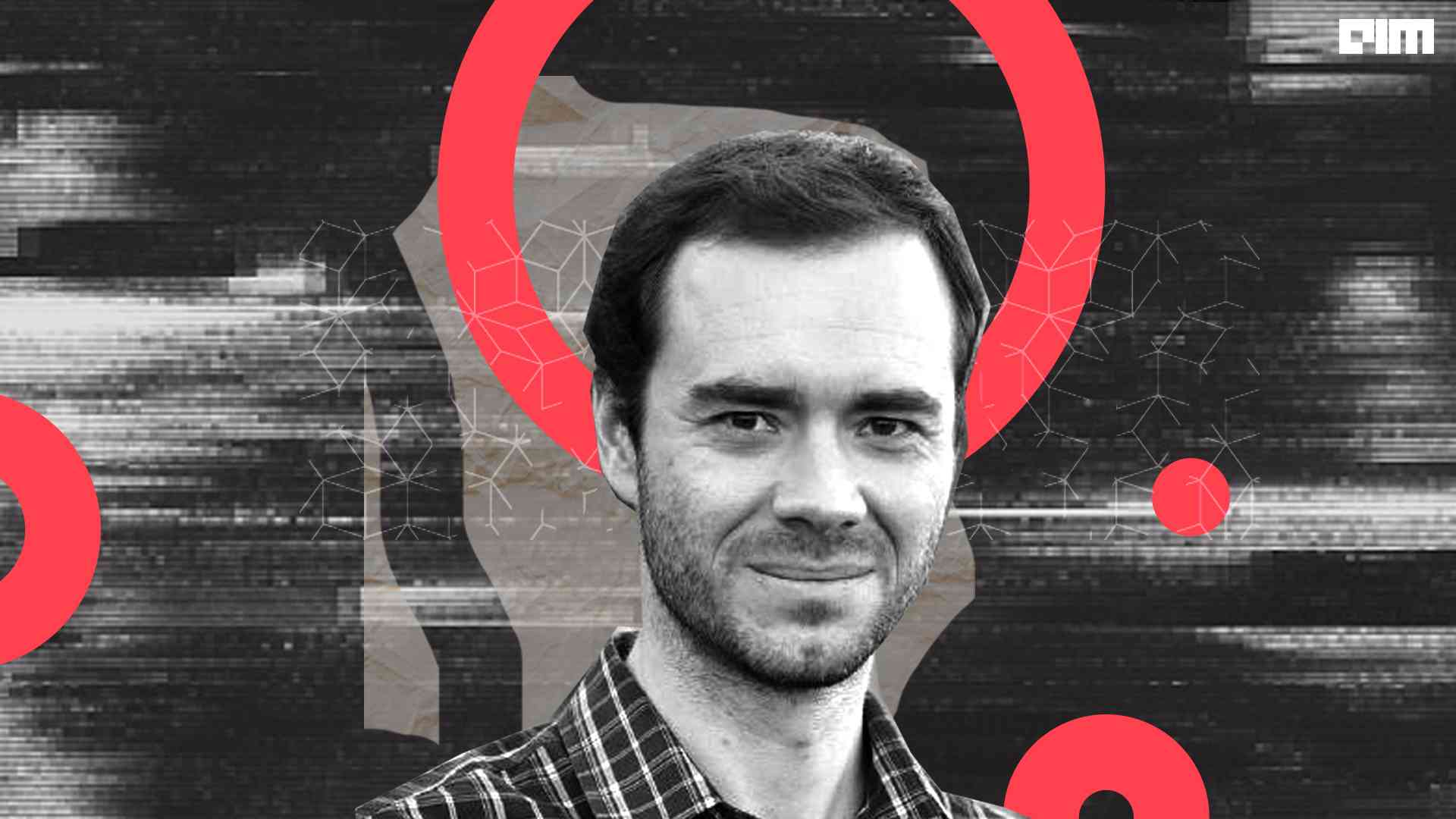Andrej Karpathy, Director of AI at Tesla wrote a very compelling Twitter thread last week, making an argument about the consolidation of AI model architecture. In his tweet, he detailed how in the last few years the neural network architecture across areas of applications have begun to look similar. In particular, he cited the example of Transformers – traditionally linked to building language models, their scope is more far-reaching.
Further, he said while earlier, in areas of applications like vision, there were differences in techniques for classification, segmentation, detection, and generation. However, all of these are being converted to the same framework. The only distinguishing features being data, input and output specifications, and pattern in attention mask.
The ongoing consolidation in AI is incredible. Thread: ➡️ When I started ~decade ago vision, speech, natural language, reinforcement learning, etc. were completely separate; You couldn't read papers across areas – the approaches were completely different, often not even ML based.
— Andrej Karpathy (@karpathy) December 8, 2021
Generality of Transformers
Modelled on the self attention mechanism, transformers, a novel neural network was introduced by Google. Like other sequence-to-sequence models, a transformer transforms one sequence to another while employing the attention mechanism. It was initially introduced for processing language models – leading to the launch of models like BERT, XLNet, and GPT. However, transformers can be used for more diverse applications.
Computer vision
In 2020, Google introduced Vision Transformer (ViT), a vision model based on the transformer neural network. In this model, input is a stream of image patches. It directly predicts class labels for the image. When trained on sufficiently large data, ViT is found to outperform CNN models which have been traditionally used for computer vision applications.
Facebook (now Meta) has also launched a similar transformer model called the Data-efficient Image Transformer (DeiT). It operates on a knowledge distillation procedure that is based on the distillation token and can be trained with 1.2 million images.
Reinforcement learning
Researchers from the University of California, Berkeley demonstrated that the state-of-art Transformer architectures can be used to frame reinforcement learning as a big sequence modelling problem. This could be done by modelling distributions over sequence of states’ actions and rewards. This technique could also be applied to dynamics prediction, offline reinforcement learning, imitation learning, long horizon dynamics, and conditioned reinforcement learning.
For tabular data
A group of Russian researchers demonstrated a simple adaptation of Transformer architecture for tabular data. To this end, the researchers introduced the FT-Transformer (Feature tokenizer + Transformer). This model could transform all features – including categorical and numerical – to embeddings and apply a stack of transformer layers to the embeddings. Here every transformer layer operates on the feature level of one object.
DABS
This year, researchers from Stanford University published a paper titled ‘DABS: A Domain-Agnostic Benchmark for Self-Supervised Learning’. This paper outlined how self-supervised learning algorithms like BERT and SimCLR are highly successful models in their respective domains but they are also very domain-specific. This means that the new algorithms need to be developed for each new setting. To this end, the researchers introduce a domain-agnostic method called the Domain-Agnostic Benchmark for Self-Supervised Learning, also known as DABS.
To perform well on this benchmark, a given algorithm is evaluated on seven domains – natural images, English text, speech recordings, multichannel sensor data, chest x-rays, and images with text descriptions. These domains contain unlabelled datasets for pretraining. The model is scored on its downstream performance on a set of labelled tasks in the domain. The team also introduced e-Mix and ShED, two baseline domain agnostic algorithms.
DABS (Source: arXiv)
Is such consolidation desirable
The Twitter thread saw massive engagement with a lot of people chipping in to offer their views on Karpathy’s observation. Many called this development as the next paradigm in AI and machine learning. A person commented that if realised fully, this consolidation will help in easy multimodal fusion. “For problems with multiple input modalities (e.g. vision+language) picking a fusion strategy used to be a big deal. Now (given enough data) you can just let self-attention learn one,” he wrote.
Many others pointed out that parallels can be drawn with the neocortex which has a highly uniform architecture across the different input modalities. “Perhaps nature has stumbled by a very similar powerful architecture and replicated it in a similar fashion, varying only some of the details,” Karpathy wrote.



















































































